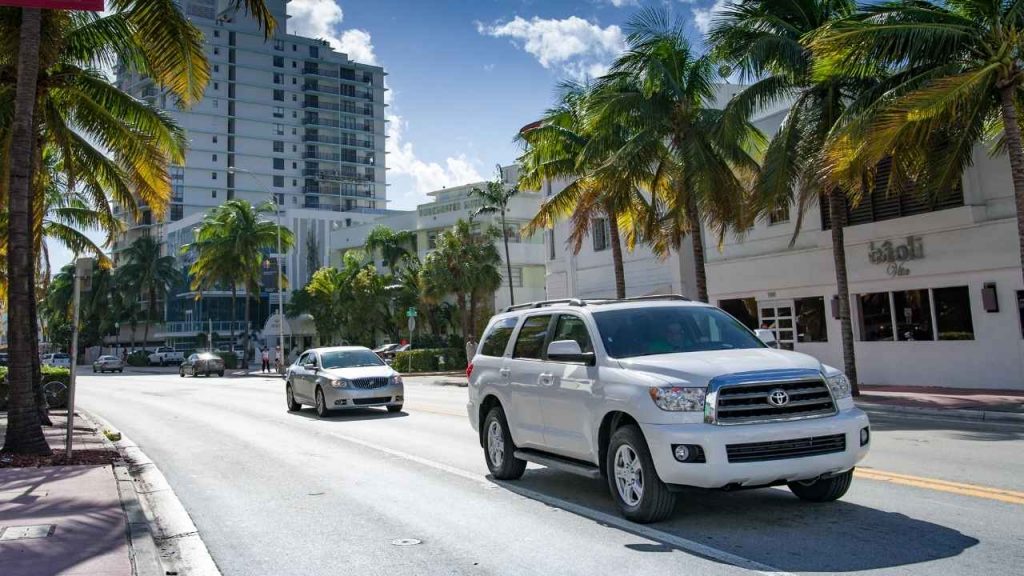Before buying a car, you need to know if it’s safe. A car might look fine, but hidden problems can put you at risk. It could have been in a major accident, have an unfixed recall, or lack important safety features. The best way to check a car’s safety is by using its VIN (Vehicle Identification Number). This number gives you key details about the car’s crash test ratings, recall history, and structural condition. In this guide, you’ll learn how to check a car’s safety using a vehicle specs and options by VIN lookup.

Step 1: Find the VIN and Why It Matters
The VIN is a 17-character code unique to each car. It acts like a fingerprint, containing information about the car’s make, model, year, and history. You can find it:
- On the driver’s side dashboard (visible through the windshield).
- Inside the driver’s door frame.
- On the registration papers or insurance card.
By checking the VIN, you can:
✅ Verify crash test ratings from agencies like the National Highway Traffic Safety Administration (NHTSA) and the Insurance Institute for Highway Safety (IIHS).
✅ Check for open recalls that may affect a vehicle’s safety.
✅ Ensure structural integrity by identifying past damage or major repairs.
✅ Review original safety features that came with the car.
Step 2: Check Crash Ratings by VIN
Crash test ratings tell you how well a car protects passengers in an accident. Agencies like NHTSA and IIHS test cars and assign safety scores.
To check crash ratings by VIN:
- Go to the NHTSA website.
- Enter the VIN and search.
- Review the results, which include:
- Overall safety rating (1-5 stars).
- Frontal, side, and rollover crash scores.
- Safety features like airbags, stability control, and lane assist.
What Do Crash Test Ratings Mean?
| Test Type | What It Measures | Best Rating |
| Frontal Crash | Protection in head-on collisions | 4-5 stars |
| Side Crash | Safety in a side impact | 4-5 stars |
| Rollover Resistance | Risk of rolling over | 4-5 stars (lower % is better) |
| Overall Safety | Combined crash ratings | 5 stars or “Top Safety Pick” |
Step 3: Check for Open Recalls Using a VIN
Car manufacturers recall vehicles when they find safety defects. These defects can be minor or serious, but all recalls need fixing.
To check for recalls by VIN:
- Go to the NHTSA recall database.
- Enter the VIN and click search.
- Review any open recalls, which include:
- Defective airbags (e.g., Takata airbag recall).
- Brake system failures.
- Steering or suspension problems.
- Fuel system defects (risk of fire or leaks).
If there’s an active recall, contact the nearest dealership for free repairs or replacements as required by law.
Common Recall Issues and Why They Matter
| Issue | Risk | What To Do |
| Faulty Airbags | May not deploy or explode | Get them replaced |
| Brake Failure | Can cause accidents | Schedule repair ASAP |
| Steering Problems | Loss of control | Contact the dealer |
| Fuel System Defects | Fire or fuel leaks | Get recall fix |
Step 4: Check for Past Accidents & Structural Damage
A car with past structural damage might not protect you in another accident. Even if it looks fine, a weak frame or hidden repairs could make it unsafe.
How to Check for Structural Issues
- Get a vehicle history report from VinCheck.info, Carfax, or NICB.
- Look for red flags, such as:
- Salvage or rebuilt title (past major damage).
- Airbag deployment (past accident).
- Flood or fire damage (can ruin the car’s electrical system).
- Frame damage (weakens crash protection).
Signs of Past Structural Repairs
1️⃣Uneven gaps between doors or panels → Possible frame damage
2️⃣Different paint colors or overspray → Repainted after an accident
3️⃣Rust under the car → Water damage risk
4️⃣Dashboard warning lights stay on → Possible past airbag deployment
Step 5: Check the Car’s Original Safety Features
Every car comes with built-in safety features like airbags, traction control, and electronic stability systems. Some previous owners remove or disable safety features, so always check what’s still installed.
How to Check a Car’s Safety Features by VIN
- Use the manufacturer’s VIN decoder (found on their website).
- Look up vehicle specs by VIN to see original features.
- Compare the report with the actual car to see if anything is missing.
What to Look For
✅ Working airbags (no warning light on the dashboard).
✅ Anti-lock braking system (ABS).
✅ Electronic stability control (ESC).
✅ Backup camera, lane assist, and collision warning (if available).
Final Thoughts: Always Do a Safety Check Before Buying
A vehicle specs and options by VIN lookup is the best way to make sure a car is safe. It helps you see crash test scores, recall history, past damage, and original safety features.
Before you buy a used car:
✅ Check crash test ratings for safety performance.
✅ Look up open recalls and ensure they are fixed.
✅ Verify accident history to assess structural integrity.
✅ Review safety features to confirm everything is intact.
By taking these steps, you can ensure that the car you drive is safe, reliable, and ready for the road.
Want to check a car’s safety before buying? Perform a vehicle specs by VIN lookup today to find out crash ratings, recalls, and accident history. It’s quick, easy, and could save your life!